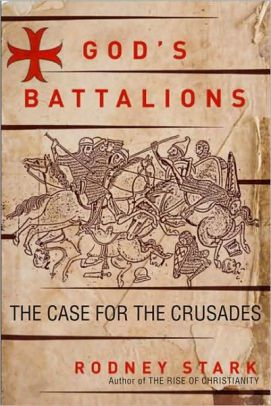
In this chapter Stark notes that the defeat in 672 of Muslim attacers on Constantinople occurred for two reasons. First, Byzantium had made tools sophisticated enough to best Muslim forces. The Western technology of impenetrable fortifications, along with natural sea barriers contributed to Muslim defeat. Second, “Greek fire” a catapult with pumps acting as flame throwers could not be matched by Muslim armies.
The Battle of Tours/Poitiers was a fierce engagement where Muslim troops drove deep into Gaul not far from Paris and advanced to victory over the city of Bordeaux and plundered it. Again, a small Christian army could not stay their own slaughter by the Muslim army at the Battle of the River Garonne. It wasn’t until the Muslim army met Charles Martel, the ruler of Gaul, that the tables began to turn against the Muslim’s conquest of Europe.
Here, Martel the powerful battle hardened leader led his troops in battle and conquered the Muslims for several reasons according to Stark, the following of which are notable; the Gaul’s were heavily geared as opposed to Arabs lightly geared, the Frankish soldiers were disciplined, Arabs fled because they sensed they were outmatched.
Many historians see this battle as monumental between having an Arab vs. a Western civilization. Others make little of this battle and Arabs see it as no big deal (Pg.43). What is certain is that Spanish Muslims understood that their defeat by Charles Martel was had through an empire building people, not mercenaries or a barbarian horde. The countries of Spain, Italy and Sicily had to also be reconquered.
All these victories preceded the First Crusade. This means that when the armies and knights of Western Europe marched or navigated to the Holy Land, they were very familiar with their Muslim opponents and knew they could take them.
Advertisements Share this:




